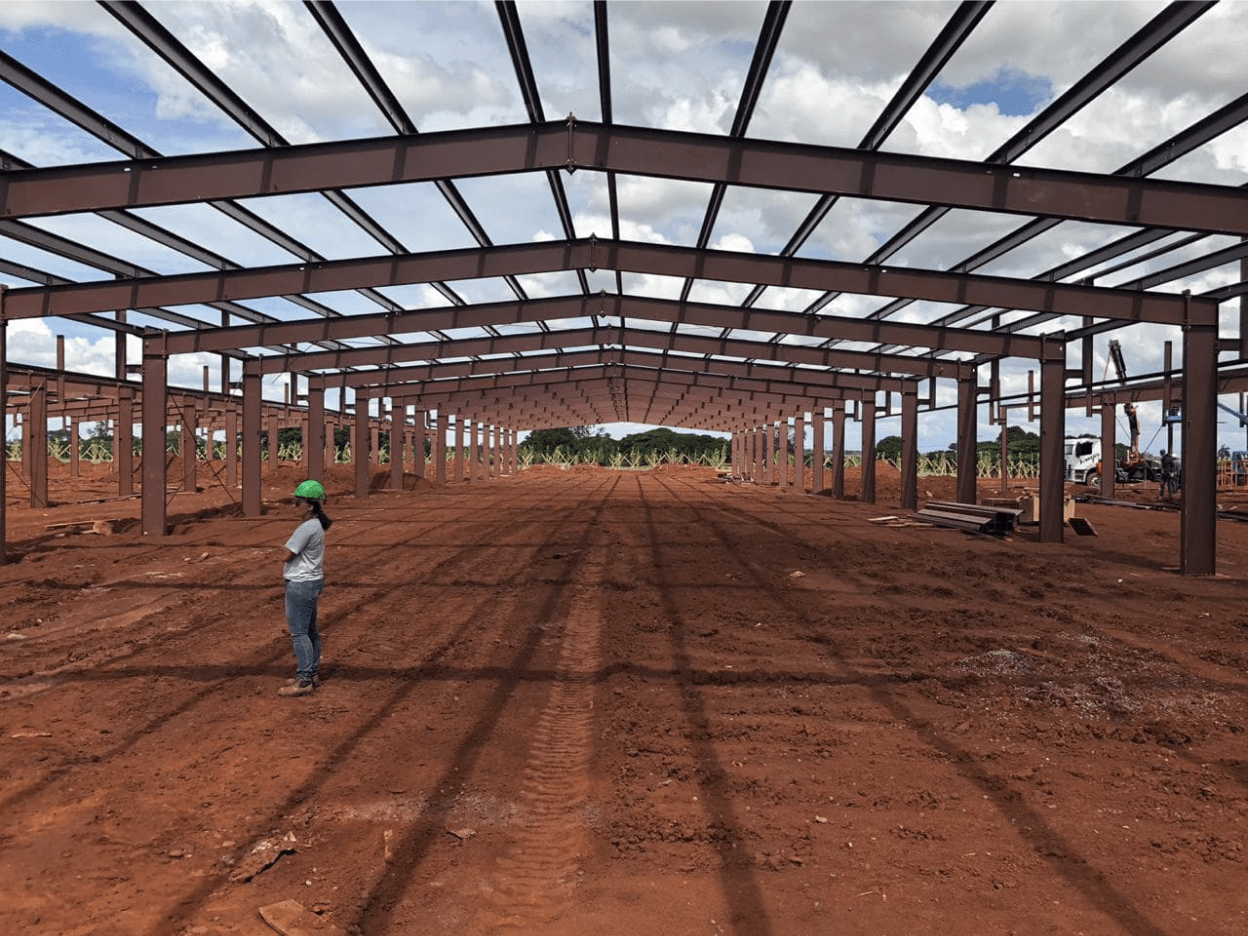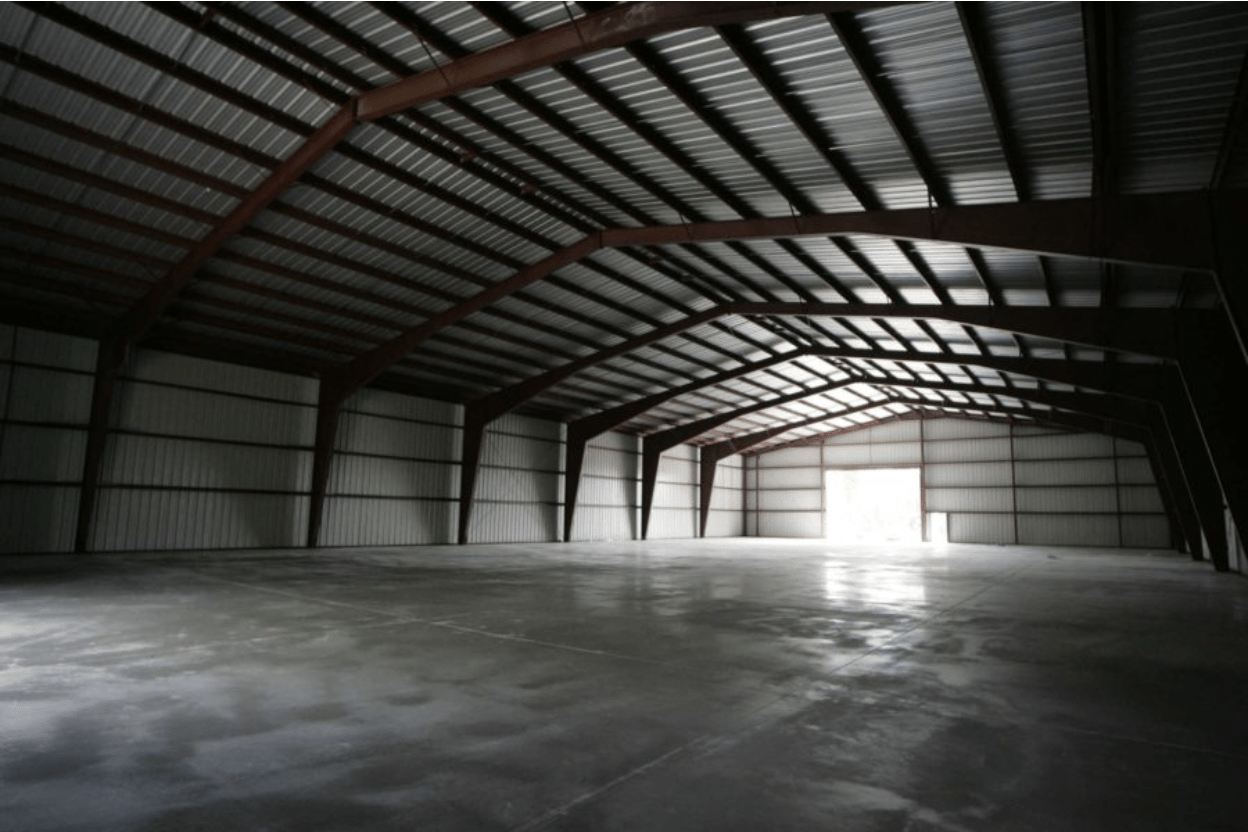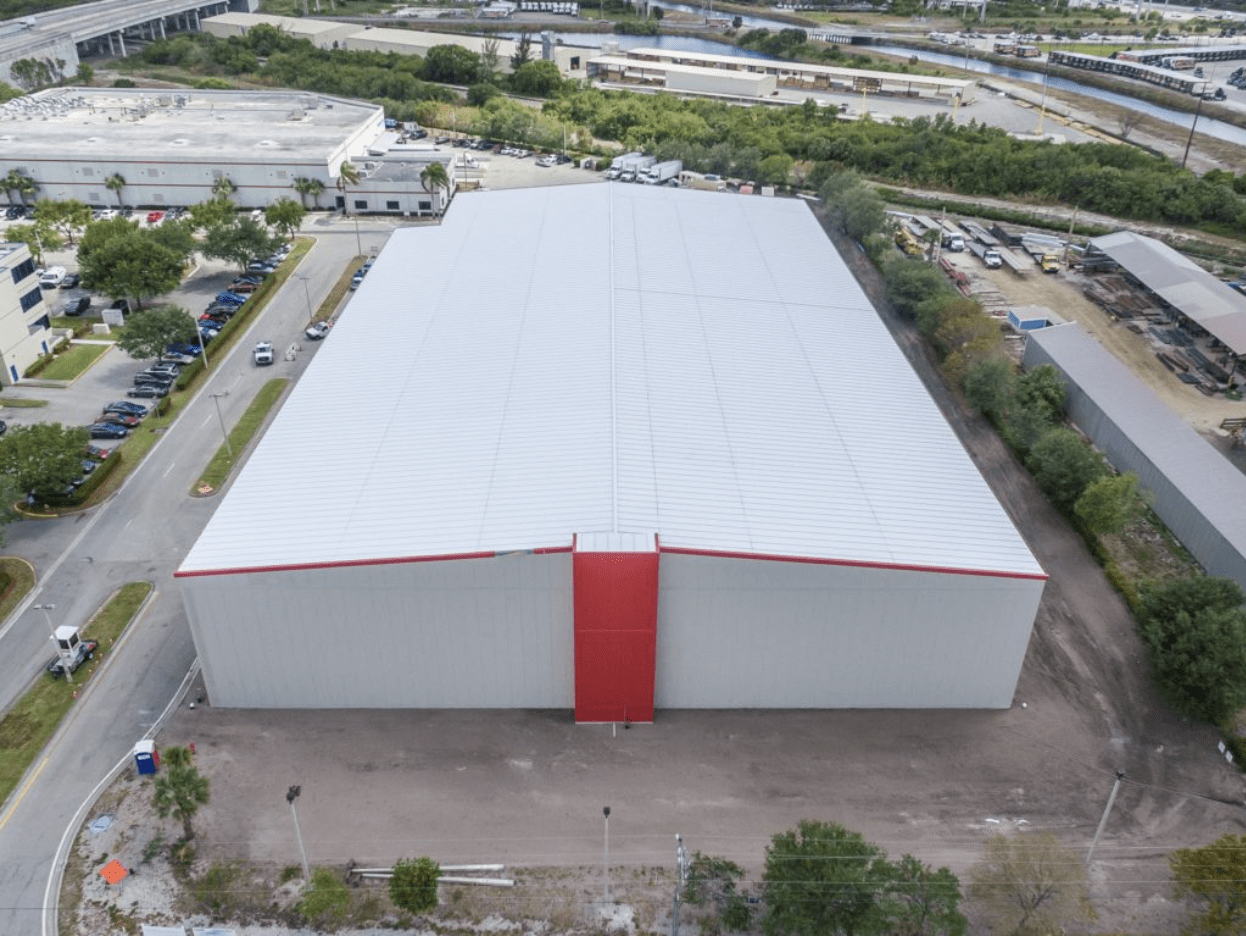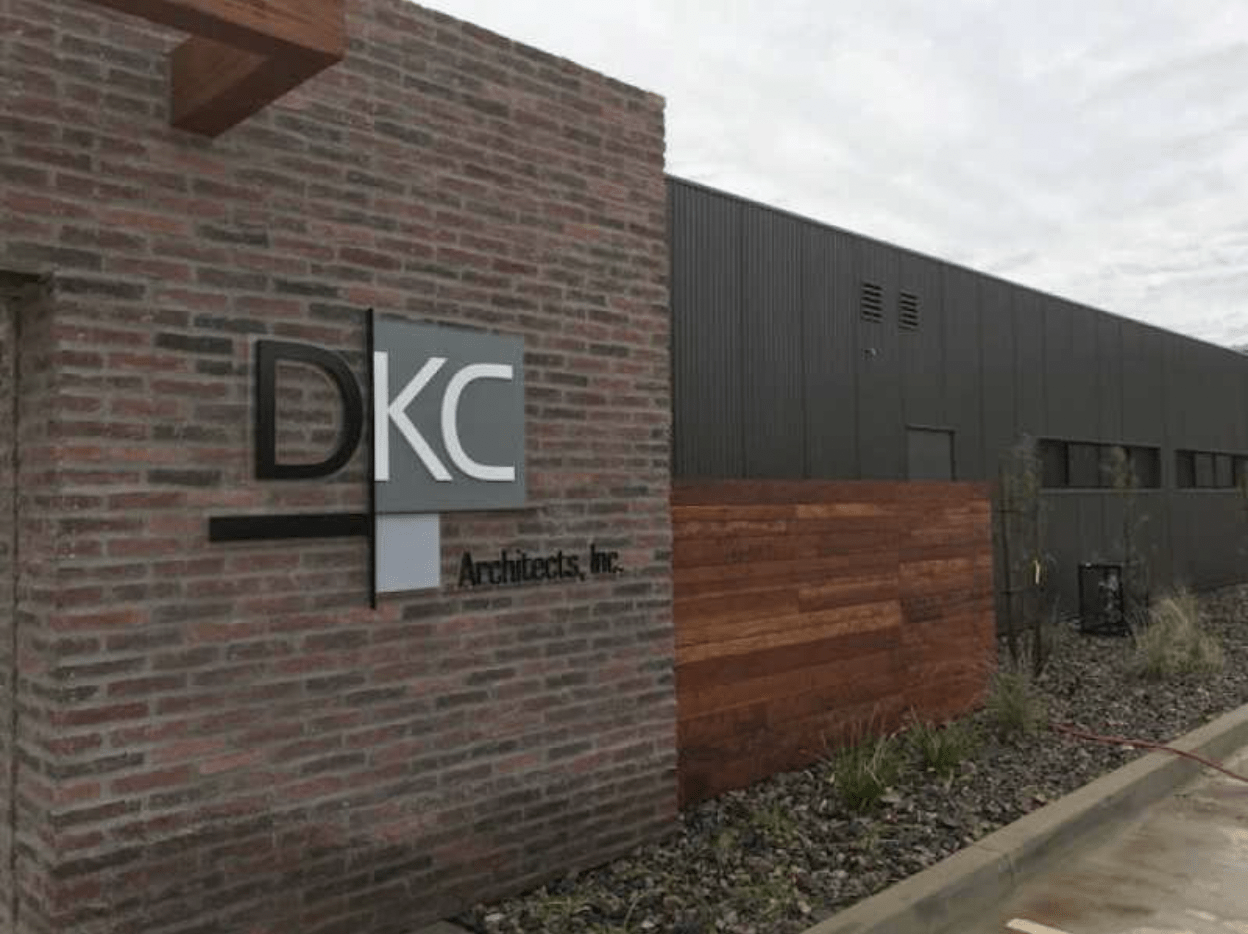In South Africa, the increasing demand for quality and purpose-built warehouse space overshadows the supply. Three factors have led to the rise in the demand and consequent increase in rents to approximately USD 5.50 m2; a growth in E-commerce, USD 400 billion in infrastructure development, and the government’s involvement in boosting industrial activity. The significant need for more warehouse space provides builders and developers with a tremendous opportunity to grow their businesses.
Currently, the cost of building a warehouse in South Africa can drastically fluctuate due to supply chain issues, material costs, and consumer demand. However, building a metal building within your budget must consider hard, soft, long-term, and finance costs. A metal building will ensure that you have a secure and adequate space for short- and long-term product storage, which contributes to efficient supply chain management.
Allied Steel Buildings’ 3D platform can assist you with your design, and our professionals can help you price your metal warehouse in South Africa to your required codes and precise specification.
What is a Metal Building Warehouse?
Contractors use steel mainly to build metal building warehouses; however, you can also find steel used for barns, churches, schools, and even residential construction. 95 percent of industrial buildings utilize steel construction because of its many benefits:
- Saves money with fast construction, low material costs, minimal maintenance, durability, insurance discounts, and straightforward expansion as a business grows.
- The inherent strength of steel allows clear-span construction, wide openings, towering heights, damage resistance, and flexible spaces.
- Sustainable metal warehouses use primarily recycled content. When properly insulated, they can lower energy consumption by 50 percent.
- Metal building warehouses produce healthy indoor air quality because metal resists mold.
Determining Your Application Before Finalizing Layout
Designing a metal warehouse and laying out the floor plan requires various considerations, including accurate information about the climate and location, budget, inventory quantity, and occupancy. In addition, the design should:
- allow operators easy and fast access to every pallet in the warehouse
- provide adequate space and dimensions for stored goods
- encourage easy circulation and rotation of goods

Wide Layouts
Examples of warehouses that require wide widths include:
- Agricultural buildings
- Storage and distribution centers
- Aircraft hangars
- Manufacturing buildings
- And more.
You can lower the cost of a wide layout warehouse by adding center columns, which helps with the loads and allows for lighter frames.
Narrow Layouts
Narrow layouts for warehouses allow for clear span construction and can accommodate:
- Barns and equestrian buildings
- Mechanic garage and workshop
- Distilleries, breweries,
- Community buildings (churches, pavilions, etc.)
- And more.
The Cost of Building a Warehouse in South Africa
The costs to build a warehouse in South Africa varies significantly depending on your inventory. For example, do you need humidity or temperature control? Additional factors also determine the total cost of building a warehouse, like design, size, location, and material and fuel prices.
The cost to build a warehouse in South Africa must include the building’s hard, soft, and long-term costs. Therefore, an accurate understanding of all these costs will help confirm that your future revenues will outpace the warehouse’s expenses, to ensure that your business remains profitable.

Hard Costs
Many factors contribute to the hard costs (brick-and-mortar) of a warehouse, including labor and materials. Other hard costs include site, construction equipment, utilities, HVAC, landscaping, life safety systems, paving, grading, LEED certification, etc.
Material
Materials costs will vary based on the building’s purpose, design, and location. In addition, the cost of fuel and steel also significantly impact material costs.
Labor and Wages
Labor costs typically represent 20 and 40 percent of the project’s total budget and include:
- Wages
- Insurance
- Worker’s compensation
- Payroll fraud
- Equipment; company phones, computers, and vehicles
- Paid time off
- Recruiting and training costs
Custom Features
Add-ons to your warehouses, like insulation and other accessories, will increase the cost of building a warehouse.
Soft Costs
Staying within budget when building a warehouse requires knowing and managing softs expenses. Soft costs can represent 30 percent of the total warehouse construction budget. They can include insurance, taxes, permitting, architectural design, engineering, legal fees, and other charges not related to brick-and-mortar costs.
Insurance
Insurance companies determine premiums based on a structures’ resistance to damage. Allied Steel Buildings provide resistance to high winds, earthquakes, heavy snows, fire, pests, and lightning, and contribute to reduced insurance rates.
Long-Term Costs
A profitable warehouse must consider long-term costs like energy bills, maintenance, indoor environmental quality, and other daily, weekly, and monthly expenses.

Maintenance
A well-run, safe, and productive warehouse needs regularly scheduled maintenance, including cleaning and detailed building inspections for damage and pests. On average, repair and maintenance costs for a steel warehouse range between $1.40 and $1.85 per ft2 annually.
Finance
The building project’s final cost should include financing, like the fees and borrowing expenses associated with obtaining a construction loan.
Additional Design Options
Metal warehouse designs can include many accessories and design options depending on the building’s end-use.

Ventilation
Proper ventilation maximizes the performance and efficiency of metal warehouses by managing condensation, regulating temperature, and preserving the air quality through active and natural ventilation:
- Active ventilation uses energy-consuming, mechanical systems to circulate air, like exhaust and supply fans.
- Natural ventilation (louvers, windows, and ridge vents) regulates the indoor climate and air quality by moving humid-warm-polluted air from the warehouse’s base out through openings in the roof.
Insulation
Maintaining a metal warehouse’s inside temperature requires an insulation product like batted insulation or a thermal insulated metal panel. Installing insulation can reduce heating and cooling costs by at least 50 percent.
Doors and Windows
The design of a metal warehouse can include a variety of entry doors and windows for ventilation, natural lighting, air quality, and lower energy costs.
Design Your Warehouse in South Africa with Allied Steel Buildings
Since 2007, Allied Steel Buildings has successfully managed and delivered quality customer service, building hundreds of buildings across the African continent. For each project in Africa, we provided the same durable, high-quality, and customized steel building solutions we did throughout the rest of the world. We deliver worldwide.
Our 3D platform can help you design your metal warehouse, under 10,000 ft2. Don’t wait to contact our professionals at Allied Steel Buildings today to learn more about purchasing and pricing a warehouse in South Africa.
